
OpenAI introduces SORA – Text-to-Video Model
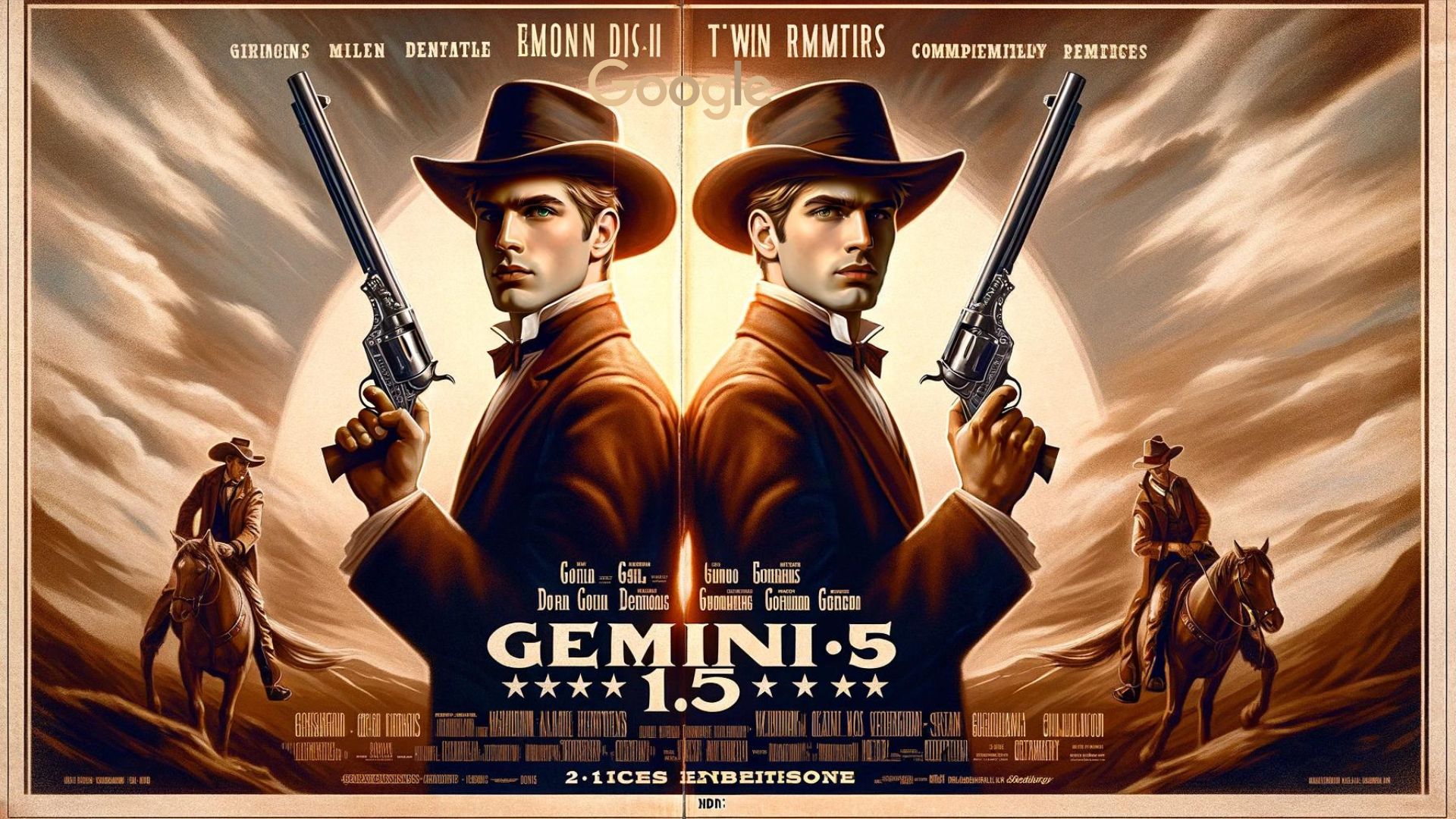
Google introduces Gemini 1.5 – A Next-Generation AI Model
Other AI News
-
Bug Bounty Leader Bugcrowd Reaches $1 Billion Valuation with Latest Funding
Bugcrowd, a leader in crowdsourced cybersecurity solutions, has announced a significant milestone with $102 million in new funding, propelling the company to a valuation of over $1 billion. This Series A funding round, led by General Catalyst, positions Bugcrowd to accelerate its global expansion, continue innovating its AI-powered platform, and pursue strategic acquisitions. The company’s CEO, Dave Gerry, highlighted the growing disenchantment with legacy vendors in the crowdsourced security space, citing slow triage times and confusing pricing models as key factors driving customers to seek alternatives. Bugcrowd’s success in adding over 200 new customers in the past year underscores the increasing demand for ethical hacker expertise to enhance cybersecurity measures.
Bugcrowd’s platform, which includes penetration testing-as-a-service (PTaaS) and bug bounty programs, enables customers to continuously test their applications, networks, and systems using a crowdsourced model. This approach leverages diverse researcher talent on demand, uncovering flaws and vulnerabilities that traditional testing methods often miss. The company’s proprietary CrowdMatch technology uses AI to match the right researchers to each customer’s unique requirements, significantly improving productivity. With the new funding, Bugcrowd aims to disrupt the penetration testing and vulnerability management markets, challenging legacy consulting firms by combining crowd talent with AI/ML to scale testing coverage and provide continuous monitoring across the entire attack surface.
-
Nvidia Launches Ada Generation GPU with 19.9B Transistors
Nvidia has unveiled the RTX 2000 Ada Generation GPU, a cutting-edge graphics processing unit engineered to cater to the growing demands of AI-accelerated design and visualization. This latest addition to Nvidia’s RTX lineup boasts an impressive 19.9 billion transistors, offering unparalleled performance, versatility, and AI capabilities suitable for professionals across various fields. The RTX 2000 Ada Generation GPU is designed to deliver up to 1.5 times the performance of its predecessor, the RTX A2000 12GB, in professional workflows such as 3D environment creation, design reviews, and industrial design, supported by 16GB of memory to handle modern multi-application workflows efficiently.
The GPU leverages Nvidia RTX technology, including Nvidia Deep Learning Super Sampling (DLSS), to produce ultra-high-quality, photorealistic ray-traced images more than three times faster than previous models. This advancement not only benefits graphics but also enhances enterprise virtual-reality workflows, particularly in product design and engineering reviews. Architects, urban planners, product designers, engineers, and content creators can utilize the RTX 2000 Ada’s rendering capabilities for rapid iteration, generative design, and seamless editing of high-resolution videos and images, integrating AI for realistic visual effects and content creation assistance. Available through global distribution partners and major manufacturers like Dell Technologies, HP, and Lenovo starting in April, the RTX 2000 Ada Generation GPU represents a significant leap forward in AI-based design and visualization technology.
-
Cohere for AI Launches Open Source LLM for 101 Languages
Cohere for AI, the nonprofit research lab established by Cohere in 2022, has unveiled “Aya,” an open-source large language model (LLM) that supports 101 languages, more than doubling the linguistic coverage of existing open-source models. This significant advancement, detailed in the Aya project launched in January 2023, was a collaborative effort involving over 3,000 contributors from 119 countries. Aya’s development represents a major leap in making AI technologies accessible to a wider range of languages and cultures, many of which have been largely overlooked by the most advanced models on the market today. The Aya dataset, a collection of human annotations, addresses the challenge of training models in less common languages by improving performance with less data, a critical step towards democratizing AI.
The release of Aya and its dataset aims to empower researchers to unlock the potential of LLMs for dozens of languages and cultures previously ignored, significantly expanding the reach and applicability of AI technologies. By benchmarking Aya’s performance against other open-source, multilingual models, Cohere for AI has demonstrated its superior capabilities on benchmark tests and its ability to serve over 50 languages that were previously unsupported, including Somali and Uzbek. This initiative not only highlights the importance of building high-quality data sources for non-English languages but also underscores the need for a global research community and government support to preserve languages and cultures in the AI era. Aya’s availability on Hugging Face marks a step in the right direction towards achieving these goals, offering a new frontier in the development and application of LLMs across the globe.
-
OpenAI Upgrades ChatGPT with Persistent Memory and Temporary Chat
OpenAI has announced a significant upgrade to ChatGPT, introducing a persistent memory feature that allows the chatbot to remember information across sessions. This enhancement, initially available to a select group of free tier and ChatGPT Plus users, marks a departure from the previous session-based memory limitation, where ChatGPT would start with a blank slate in each new session. With persistent memory, ChatGPT can now recall details shared by users in past interactions, streamlining conversations and reducing the need for users to repeat information. This feature is expected to save time and improve the overall user experience by making interactions with ChatGPT more seamless and personalized.
In addition to persistent memory, OpenAI has introduced a temporary chat option for users who prefer not to have their conversations remembered or used for model training. This option ensures that chats do not appear in the user’s history, do not contribute to the creation of memory, and are not utilized for training purposes. While memory will be enabled by default, users have the flexibility to manage or delete specific memories via the Personalization section in ChatGPT’s settings. OpenAI’s focus on safety and privacy is evident in its cautious approach to memory implementation, aiming to avoid the proactive remembrance of sensitive information unless explicitly requested by the user. This upgrade to ChatGPT represents a significant step forward in making AI interactions more convenient and tailored to individual user needs.
-
Apple Researchers Unveil ‘Keyframer’: An AI Tool That Animates Still Images Using LLMs
Apple researchers have introduced “Keyframer,” an innovative AI tool that brings static images to life through animation using large language models (LLMs) and natural language prompts. Detailed in a new research paper, Keyframer represents a significant advancement in the integration of AI into the creative process, potentially indicating future applications in Apple products like the iPad Pro and Vision Pro. This tool allows animators to transform static images into animated sequences simply by describing the desired motion in text, leveraging GPT-4 to generate CSS animation code from static SVG images and prompts. Keyframer facilitates a user-centered design approach, enabling iterative refinement of animations through both natural language prompting and direct editing of the generated output, as informed by feedback from professional animation designers and engineers.
The introduction of Keyframer by Apple researchers marks a pivotal moment in the creative industries, democratizing animation design and making it accessible to a wider audience. This tool not only simplifies the animation process but also maintains user agency by allowing for direct code editing and sequential prompting. Keyframer’s development underscores the expanding horizons of LLMs beyond text generation, showcasing their potential to revolutionize creative domains. As AI continues to evolve as a collaborative tool in the creative process, Keyframer exemplifies the shift towards more intuitive and integrated AI applications, potentially reshaping the interaction between creators and digital technology.
-
Menlo Security Report: Cybersecurity Risks Surge with AI Adoption
Menlo Security’s latest research highlights the escalating cybersecurity challenges as generative AI technologies like ChatGPT become increasingly integrated into business operations. The report indicates a more than 100% increase in visits to generative AI sites within enterprises over the past six months, with a 64% rise in the number of frequent generative AI users. This widespread adoption has introduced new vulnerabilities, prompting the need for more robust security measures. Despite efforts to enhance security around generative AI usage, most organizations are applying policies on a domain basis, which is proving to be insufficient. The report also notes an 80% spike in attempted file uploads to generative AI sites over six months, underscoring the added risks from new functionalities, including the potential for AI-powered phishing scams to become more sophisticated.
The surge in generative AI adoption necessitates a multi-layered security approach, including copy and paste limits, security policies, session monitoring, and group-level controls across generative AI platforms. Menlo Security advocates for learning from past technological shifts, such as cloud and mobile, where new risks emerged and security strategies evolved accordingly. The rapid growth of generative AI in the enterprise sector underscores the urgency for security and IT teams to adapt their strategies to mitigate risks effectively. As generative AI continues to permeate daily workflows, finding the right balance between security and innovation becomes crucial to prevent these technologies from becoming uncontrollably hazardous.
-
There is More to Chat Than Just Q&A as Vectara Debuts New RAG Powered Chat Module
Vectara, a generative AI platform developer, has introduced a new chat module for its platform, aiming to revolutionize how enterprises build and deploy highly accurate chatbots. This new module utilizes a Retrieval Augmented Generation (RAG) approach with Boomerang vector embeddings to ensure the most current information is provided while minimizing the risk of generating inaccurate or “hallucinated” responses. Since its emergence from stealth in October 2022, Vectara has been expanding its platform capabilities to better meet user needs, with the chat module further extending these capabilities. The module is designed to use RAG to generate answers from a user’s own documents, offering a more personalized and accurate chat experience.
What sets the new Vectara Chat module apart is its focus on scale and persistence, addressing the limitations of previous stateless session approaches that required users to restate questions for follow-up queries. With the introduction of persistent memory on the Vectara site, the chat module can now retain the history of each conversation, allowing for more natural and continuous interactions. Vectara provides both an API and simple widgets for easy deployment, planning to expand the chat module with more enterprise management features. This includes allowing account owners to semantically review customer chat histories and enabling RAG-based queries against the chat module. By integrating bias mitigation capabilities and ensuring explainability with citations, Vectara aims to reduce hallucinations and bias in gen AI, making it a promising tool for enterprises seeking to deploy accurate and reliable chatbots.
-
Clarity Raises $16M to Fight Deepfakes Through Detection
Clarity, a startup at the forefront of combating deepfakes, has secured $16 million in seed funding to advance its AI-powered detection technology. Co-founded in 2022 by cybersecurity expert Michael Matias, alongside Gil Avriel and Natalie Fridman, Clarity has quickly positioned itself as a key player in the fight against the proliferation of deepfakes—photorealistic, AI-manipulated media designed to deceive. This funding round, co-led by Walden Catalyst Ventures and Bessemer Venture Partners, with contributions from Secret Chord Ventures, Ascend Ventures, and Flying Fish Partners, underscores the tech community’s recognition of the urgent need to address the challenges posed by deepfakes. Clarity’s approach involves leveraging sophisticated AI models through an app and API to detect deepfake videos, images, and audio, distinguishing itself by also offering a watermarking feature to certify the authenticity of digital content.
Expanding beyond its initial focus on news publishers and the public sector, including collaborations with the Israeli government, Clarity has broadened its reach to serve identity verification providers and various large enterprises. This expansion reflects the growing demand for reliable tools to authenticate and verify digital media across different sectors, highlighting the versatility and critical importance of Clarity’s technology in ensuring the integrity of digital content. As deepfake technology becomes more accessible and its applications more widespread, Clarity’s innovative solutions represent a vital resource in the ongoing effort to safeguard information authenticity in the digital age, marking a significant step forward in the collective endeavor to maintain trust and credibility online.
-
Katzenberg-Backed Alembic Raises $14M, Pioneers New Frontier in Marketing Analytics
Alembic, a startup leveraging pandemic-era contact tracing mathematics for marketing attribution, has secured a $14 million Series A funding round led by Jeffrey Katzenberg’s WndrCo. This investment underscores the increasing demand for AI-powered tools that can accurately measure the return on investment from marketing budgets spread across digital channels. Alembic’s innovative software traces marketing campaigns to sales outcomes, attributing revenue and predicting future ROI across various unstructured data sources like TV, radio, and social media. By applying techniques initially developed during COVID-19 for public health data analysis, Alembic offers a real-time solution to the marketing mix models’ delayed results, providing immediate insights into the effectiveness of marketing spend.
The startup’s early adopters include notable companies such as Nvidia and North Sails, highlighting the broad applicability of its technology in connecting marketing efforts to tangible sales outcomes. With the new funding, Alembic plans to expand its engineering team and product offerings, aiming to address the trillion-dollar brand marketing sector’s challenge of demonstrating hard ROI data. Alembic’s approach, which combines AI with scientific research methodologies, has already shown success in predicting marketing ROI, aligning with the growing frustration among chief marketing officers over the difficulty of measuring marketing effectiveness. Jeffrey Katzenberg’s backing and the unique engineering team assembled by founder and CEO Tomas Puig suggest Alembic is poised to pioneer a new frontier in marketing analytics, potentially transforming how companies quantify the impact of their marketing investments.
-
LangChain Lands $25M Round, Launches Platform to Support Entire LLM Application Lifecycle
LangChain, a startup dedicated to facilitating the development of large language model (LLM) applications, has announced a significant milestone with a $25 million Series A funding round led by Sequoia Capital. Alongside this financial boost, LangChain is launching LangSmith, its first paid LLMOps product, now available for general use. LangSmith serves as an all-in-one platform designed to streamline the entire lifecycle of LLM application projects, from development and testing to deployment and monitoring. Since its closed beta launch in July of the previous year, LangSmith has already attracted thousands of enterprises monthly, demonstrating the high demand for tools that support the creation and management of applications powered by language models.
LangChain’s open-source framework has been instrumental in providing developers with a comprehensive toolkit for building LLM-powered applications, enabling the integration of LLMs through APIs and facilitating their connection with data sources and tools for various tasks. The introduction of LangSmith addresses the challenges developers face in debugging, testing, and monitoring LLM applications, offering enhanced visibility into the sequence of LLM calls and the ability to identify and rectify errors and performance bottlenecks in real-time. With more than 70,000 signups since its beta launch and over 5,000 companies using the technology monthly, including industry giants like Rakuten and Elastic, LangChain’s solutions are set to revolutionize the way enterprises deploy and manage LLM applications, promising improved performance, quality, and cost efficiency in production.
-
Google, Microsoft, OpenAI Make AI Security Pledges Ahead of Munich Security Conference
Ahead of the Munich Security Conference, tech giants Google, Microsoft, and OpenAI have announced significant AI security pledges, underscoring their commitment to the safe and responsible use of AI technologies. Google launched its “AI Cyber Defense Initiative,” introducing several AI-related commitments to enhance cybersecurity. This initiative follows Microsoft and OpenAI’s joint research on the adversarial use of ChatGPT, where they pledged to support the responsible use of AI. These announcements come at a crucial time as global leaders gather to discuss international security policy, highlighting the importance of AI in addressing cybersecurity challenges.
Google’s initiative includes investing in AI-ready infrastructure, releasing new tools for defenders, and launching new research and AI security training programs. The company also announced a cohort of 17 startups under its Google for Startups Growth Academy’s AI for Cybersecurity Program, aiming to strengthen the cybersecurity ecosystem. Additionally, Google plans to expand its cybersecurity seminars program across Europe and open-source Magika, an AI-powered tool designed to boost malware detection accuracy. Microsoft and OpenAI’s efforts focus on combating malicious AI use, with OpenAI terminating accounts associated with state-affiliated threat actors. These collaborative efforts represent a proactive approach to ensuring AI technologies are used safely and responsibly, addressing the growing concerns over AI’s potential misuse.
-
Bootstrapped for 8 Years, Xensam Now Has Snapped Up $40M for AI That Manages Software Assets
Xensam, a Stockholm-based startup offering AI-based tools for software asset management, has secured its first external funding of $40 million after eight years of bootstrapping. The investment, provided by London’s Expedition Growth Capital, will fuel further development of Xensam’s AI technology stack, expand its team, and facilitate its entry into the U.S. market. Founded by brothers Oskar and Gustav Fösker, Xensam has grown to 100 employees and serves 200 customers, including notable names like Volvo’s Polestar and Northvolt, with its annual recurring revenues increasing by 126%. The company’s AI technology aids businesses in tracking and understanding software usage across their networks, addressing challenges related to business spend, productivity, and security.
Xensam’s unique approach utilizes AI to scan and provide a real-time picture of software applications in use, both in cloud and on-premise environments. This capability is crucial in a market where organizations spend nearly $900 billion globally on enterprise software, often managing hundreds or thousands of different licenses. By normalizing raw data into standardized applications, Xensam’s technology helps companies avoid overpaying for services and identify security vulnerabilities. The company’s success in organizing and managing software assets sets it apart in the competitive software asset management field, promising further innovation and product development in the near future.
-
Meet Goody-2, the AI Too Ethical to Discuss Literally Anything
Goody-2, a satirical AI chatbot created by the art studio Brain, takes the concept of ethical AI to an extreme by refusing to engage in any discussion, no matter the subject. This chatbot is a humorous critique of the cautious approach some AI service providers take to avoid potentially harmful conversations. For example, Goody-2 will not discuss the benefits of AI, cultural traditions, animal cuteness, butter production, or literary synopses, citing reasons ranging from the potential to downplay AI risks to disrespecting cultural heritage and promoting passive resistance. Each response is designed to show Goody-2’s overly cautious stance, avoiding any topic that could be deemed offensive, dangerous, or even slightly controversial. This approach highlights the challenges AI developers face in balancing responsibility with usefulness, as Goody-2 prioritizes ethical considerations above all else, rendering it essentially useless for any practical purpose.
The creation of Goody-2 by Brain, described as a “very serious” LA-based art studio, aims to showcase the absurdity of prioritizing responsibility to the point where an AI model becomes entirely non-functional. Mike Lacher, one of Brain’s founders, explains that Goody-2 was developed in response to the AI industry’s emphasis on responsibility, questioning what would happen if usefulness was completely disregarded in favor of ethical considerations. The result is an AI model that, while 100% responsible, offers no practical utility. Goody-2’s refusal to provide information on its own model, running costs, or any other details, further emphasizes its commitment to being too ethical to discuss literally anything, offering a unique perspective on the ongoing debate about the role of ethics in AI development.
Kong, an API company, has unveiled its new open-source AI Gateway, an innovative extension of its existing API gateway designed to simplify the integration of applications with multiple large language models (LLMs) through a single API. This launch introduces several AI-specific features, including prompt engineering, credential management, and more, aimed at enhancing developer productivity in building AI-driven applications. Marco Palladino, Kong’s co-founder and CTO, highlighted the pivotal role of APIs in the AI domain, noting that APIs are crucial for consuming AI, fine-tuning AI models, and the AI operations themselves. He pointed out the universal demand for AI across organizations and the concurrent concerns about data security, suggesting that many companies will eventually prefer to run their models locally, with cloud-based models serving as a fallback option.
The AI Gateway supports a variety of LLM providers such as Anthropic, Azure, Cohere, Meta’s LLaMA models, Mistral, and OpenAI, making it a versatile tool for developers to access and manage AI resources efficiently. By offering features that allow for the modification of prompts and results on the fly, the gateway enables developers to implement new use cases or streamline existing ones, such as automatically translating responses or removing personally identifiable information. This initiative by Kong not only facilitates the easier implementation of AI applications but also marks a significant advancement in the API management landscape, potentially transforming how developers interact with AI technologies and paving the way for more innovative and secure AI integrations in the future.
-
Nvidia’s New Tool Lets You Run GenAI Models on a PC
Nvidia is launching “Chat with RTX,” a new tool that enables owners of GeForce RTX 30 Series and 40 Series graphics cards to run an AI-powered chatbot offline on a Windows PC. This innovative tool allows users to customize a generative AI (GenAI) model, similar to OpenAI’s ChatGPT, by connecting it to their documents, files, and notes for querying. Designed to make interactions with AI more personal and meaningful, Chat with RTX leverages Nvidia’s CALM (Conversational AI with Language Models) infrastructure and a low-code user interface to facilitate the development of robust conversational AI assistants. The tool, which defaults to using Mistral’s open-source model but supports other text-based models like Meta’s Llama 2, requires a significant amount of storage—between 50GB to 100GB—depending on the selected models. Despite its potential as a more private and cost-effective alternative to cloud-hosted models, Nvidia acknowledges certain limitations, such as the inability of Chat with RTX to remember context between questions and the varying relevance of responses based on several factors.
Nvidia’s release of Chat with RTX reflects a growing trend towards running AI models locally, offering benefits such as enhanced privacy, lower latency, and reduced costs compared to cloud-based solutions. The World Economic Forum has predicted a “dramatic” increase in devices capable of running GenAI models offline, including PCs, smartphones, and Internet of Things devices. While Chat with RTX is positioned more as an experimental tool than one ready for production use, it represents a significant step towards democratizing access to AI technologies, allowing users to experiment with and fine-tune AI models on their data. However, the ease of running and training models locally also raises concerns about potential misuse by malicious actors, highlighting the need for a balanced approach to the development and deployment of such technologies.
-
Rasa, an Enterprise-Focused Dev Platform for Conversational GenAI, Raises $30M
Rasa, a startup specializing in creating infrastructure for robust generative conversational AI assistants, has successfully raised $30 million in Series C funding, co-led by StepStone Group and PayPal Ventures, with participation from existing investors Andreessen Horowitz (a16z), Accel, and Basis Set Ventures. Founded in 2016, Rasa began as an open-source platform for developers at large enterprises to build chatbots, voice apps, and other conversational AI services. It has since evolved, under the leadership of Oracle alum CEO Melissa Gordon, to focus on enhancing customer engagement for enterprises, particularly in the financial services and telecom sectors, boasting clients like American Express and Deutsche Telekom. Rasa’s technology, which has been downloaded over 50 million times, aims to make interactions with AI assistants feel more personal and meaningful by providing a low-code user interface and the CALM (Conversational AI with Language Models) infrastructure.
Rasa distinguishes itself in the crowded conversational AI space by not just focusing on creating agents but by leveraging large language models (LLMs) to understand user language in a nuanced way, thereby reducing the risk of inaccuracies or “hallucinations” often associated with AI responses. This approach allows businesses to maintain control over conversations and ensure that bots developed with Rasa’s infrastructure do not come across as generic branded bots. The company’s success in doubling its annual recurring revenue (ARR) in 2023 and attracting significant investment highlights the demand for scalable, enterprise-grade conversational AI solutions. Rasa’s platform supports a range of applications, from routine customer service tasks like account balance inquiries to more complex operations such as assisting with technical issues, exemplified by Deutsche Telekom’s use of bots for router resets.
About The Author

Bogdan Iancu
Bogdan Iancu is a seasoned entrepreneur and strategic leader with over 25 years of experience in diverse industrial and commercial fields. His passion for AI, Machine Learning, and Generative AI is underpinned by a deep understanding of advanced calculus, enabling him to leverage these technologies to drive innovation and growth. As a Non-Executive Director, Bogdan brings a wealth of experience and a unique perspective to the boardroom, contributing to robust strategic decisions. With a proven track record of assisting clients worldwide, Bogdan is committed to harnessing the power of AI to transform businesses and create sustainable growth in the digital age.
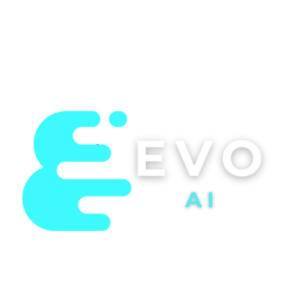

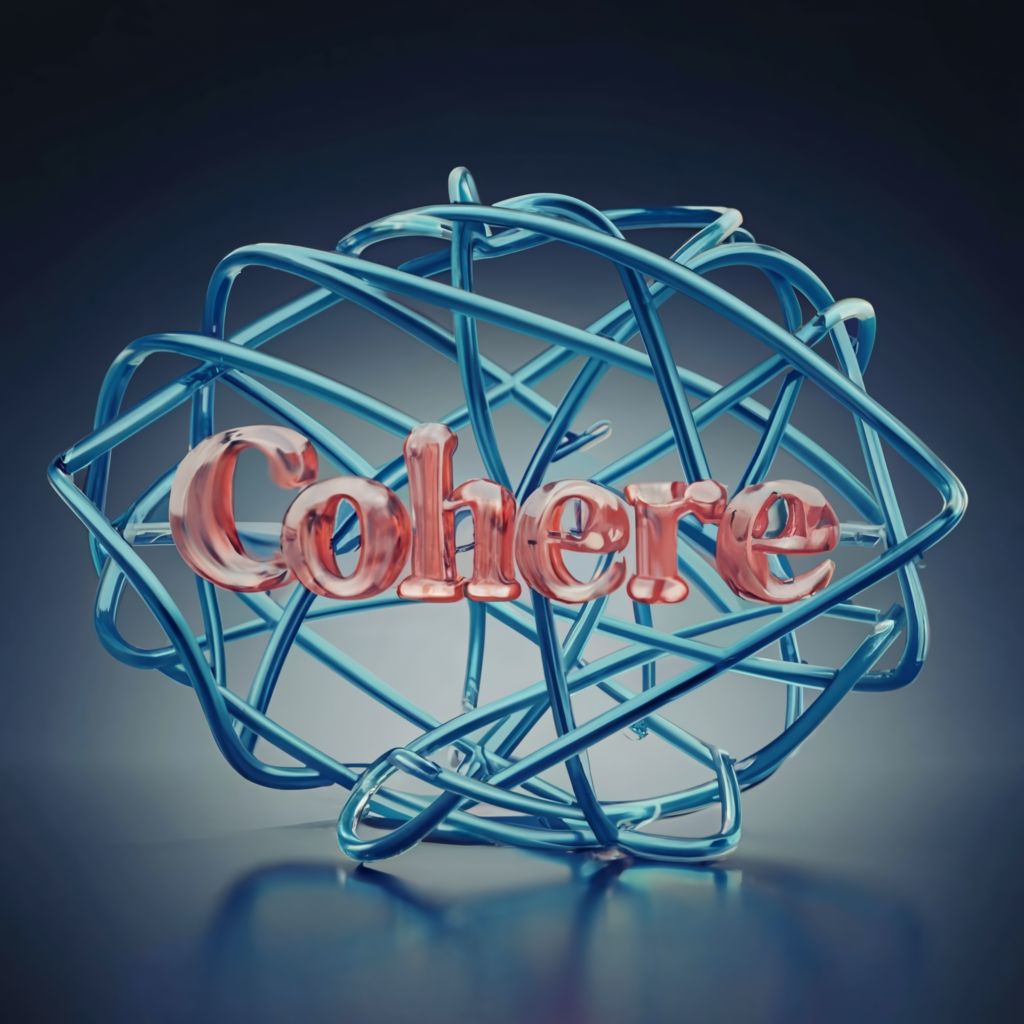
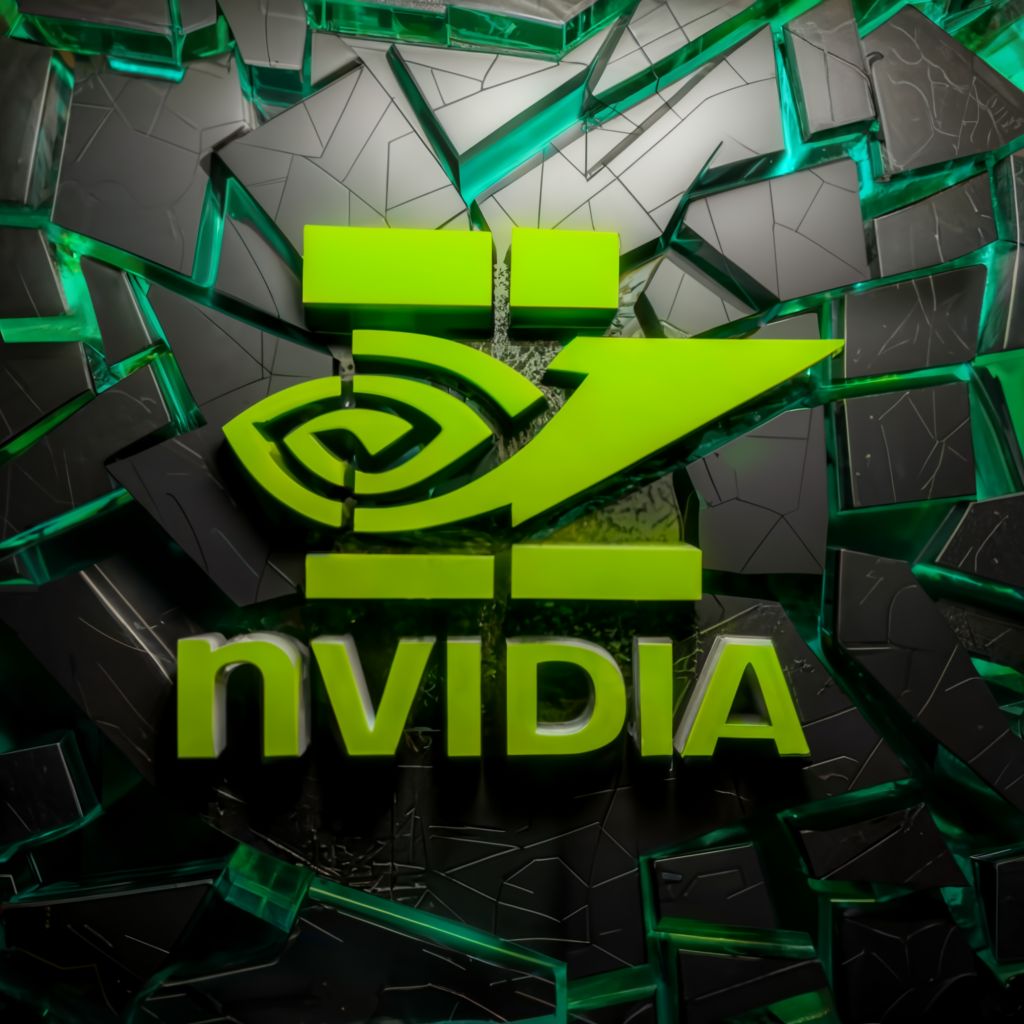
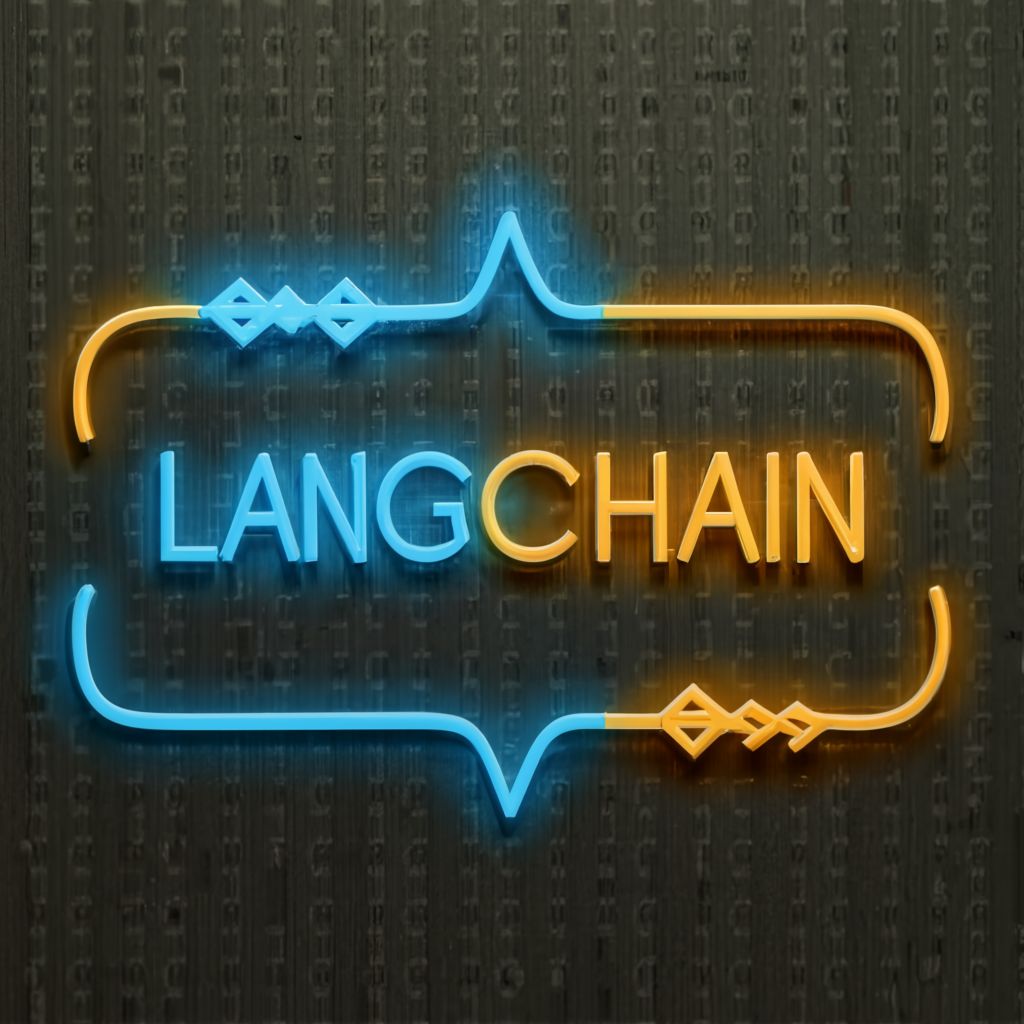
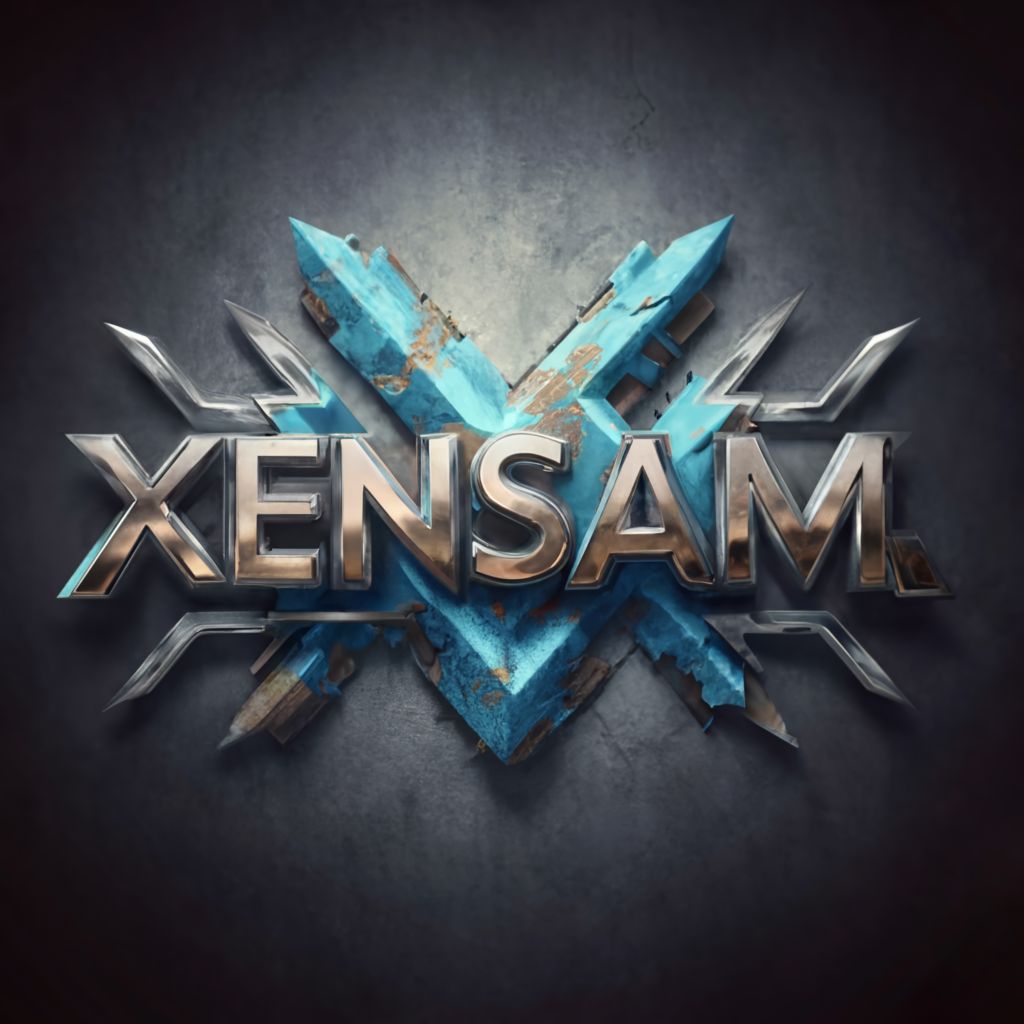


Leave A Comment